“El Raval”
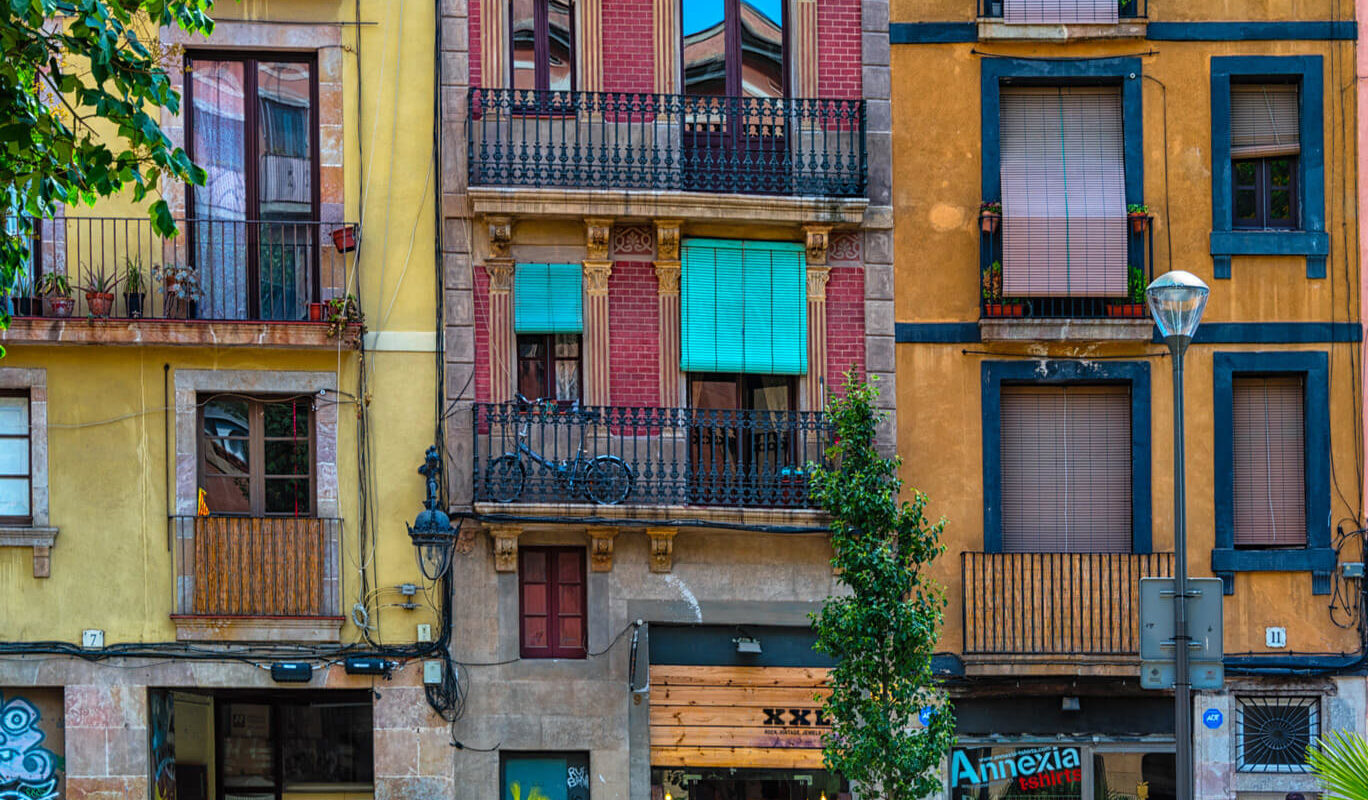
If you want to get to know the most interesting places of Barcelona and its coolest places, then this is your article! Here I’ll be talking about one of the most alternative quarters of the city.
But, what is it that makes this quarter so different? As always, to explain this we have to go way back to its origin and, in this case, its very peculiar history, too.
The quarter I am talking about is “El Raval”. Its name may ring a bell if you’ve already visited Barcelona before.
Believe it or not, this quarter was born thanks to the plague, when the king Pere III ordered the construction of a new wall on the other side of la Rambla (a river by that time) to protect and close a new part of the city that was beginning to urbanize during the 14th century. The king also wanted to create an area with a wide cultivation zone to have enough food to feed all the city in case of emergencies and locate the hospitals, orphanages and leprosariums out of the Gothic Quarter and the Ribera.
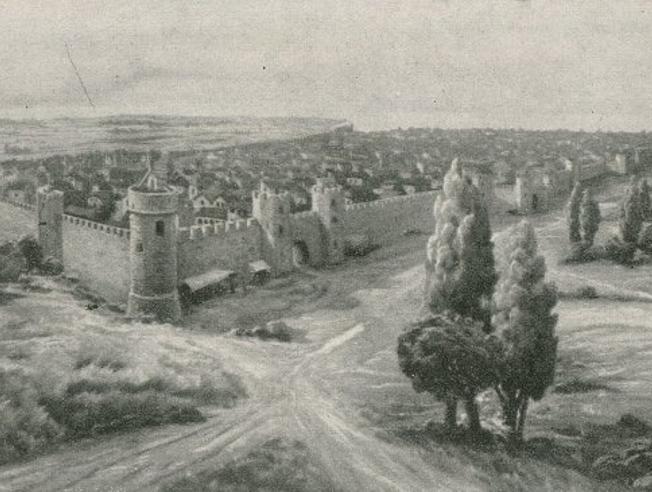
In the 16th century, after the counter-reformation, the quarter became the chosen place to build convents and monasteries. However, these same religious institutions disappeared when the Spanish confiscation took place in the 19th century. This event made possible the construction of buildings like “La Boqueria” or the “Gran Teatre del Liceu” in the places where had been the previous convents and monasteries.
Later, during the 19th century, a huge increase in the density of the population living inside of the quarter caused the beginning of the deterioration of the area.
By the 20th century this deterioration settled and a certain area of the quarter gained a nickname: Chinatown. In addition, the proximity to the port, “La Rambla” and the encampment of Drassanes favored the concentration of brothels and other “no so legal” activities in the area. In this period the social reality of the quarter was marked by marginalization and poverty and throughout the Franco regime and the Spanish transition to democracy “El Raval” was considered one of the most dangerous places of Barcelona.
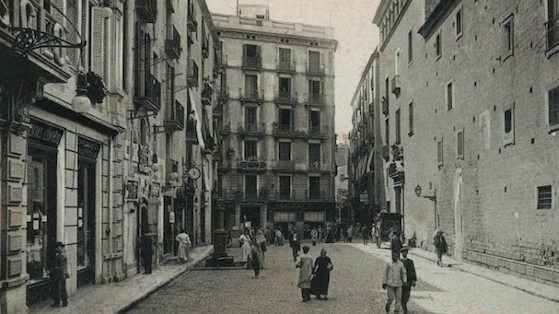
But nowadays, the situation has changed thanks to all the social and urbanistic initiatives taken since the 80’s to change the quarter quarter for the best keeping its essence. Some of these include the creation more than 300 cultural equipment like theatres and museums.
After reading this you may be asking yourself “What can I visit there? Is there any historical place preserved from all that history? Which are those museums you mentioned?”
Well some of the most interesting things you can visit there are: the “Mercat de Sant Antoni”, “la Boqueria”, the MACBA (Museum of Contemporary Art of Barcelona), CCCB (Center of Contemporary Culture of Barcelona), the gardens of the old hospital “Santa Creu”, the “Palau Güell”, the fountain of “Santa Eulàlia” or “la Rambla del Raval”.
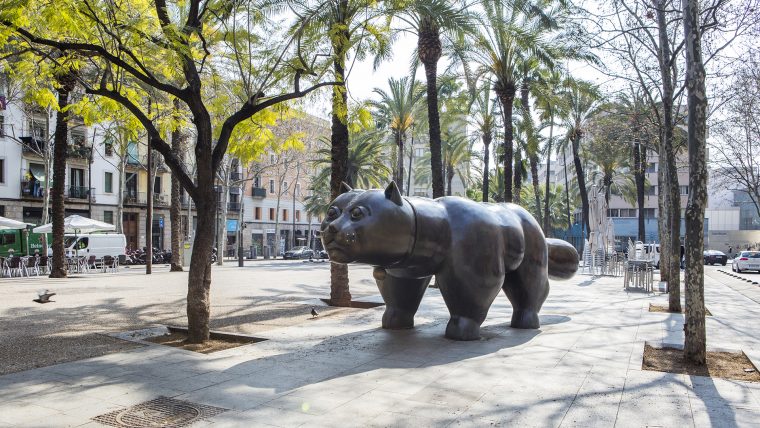

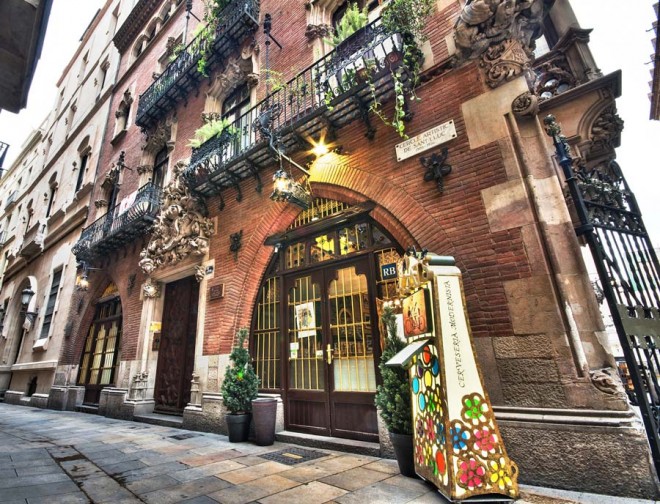
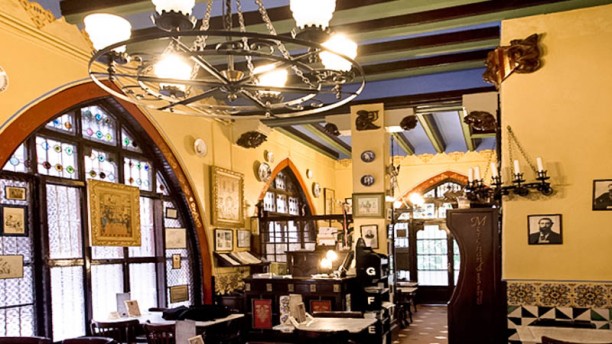
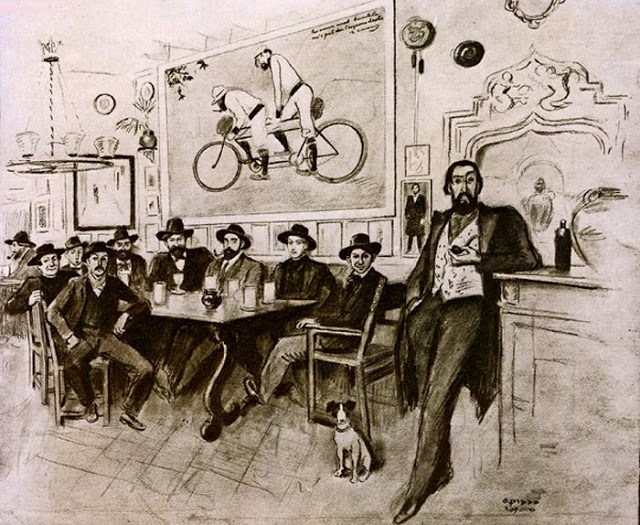
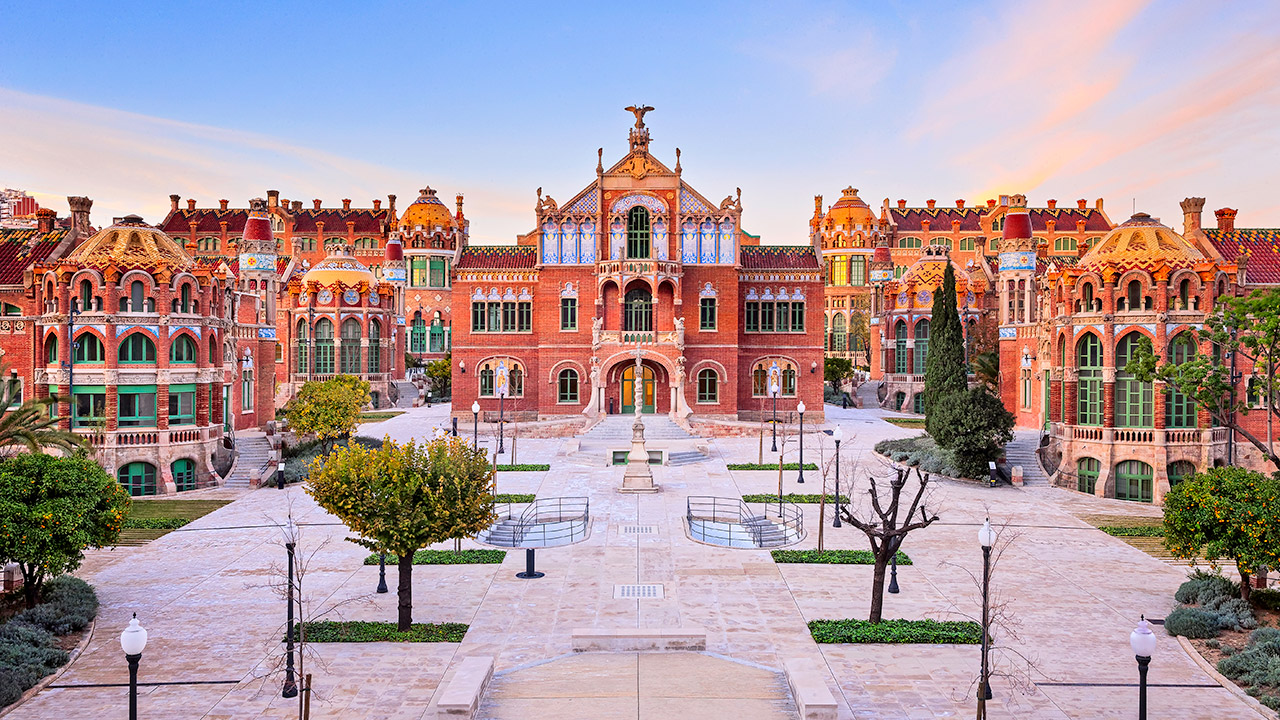
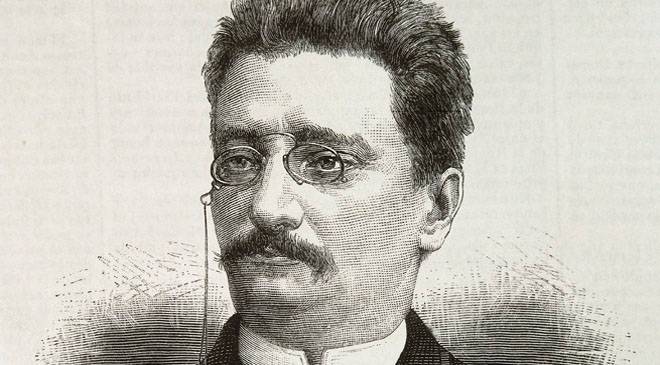
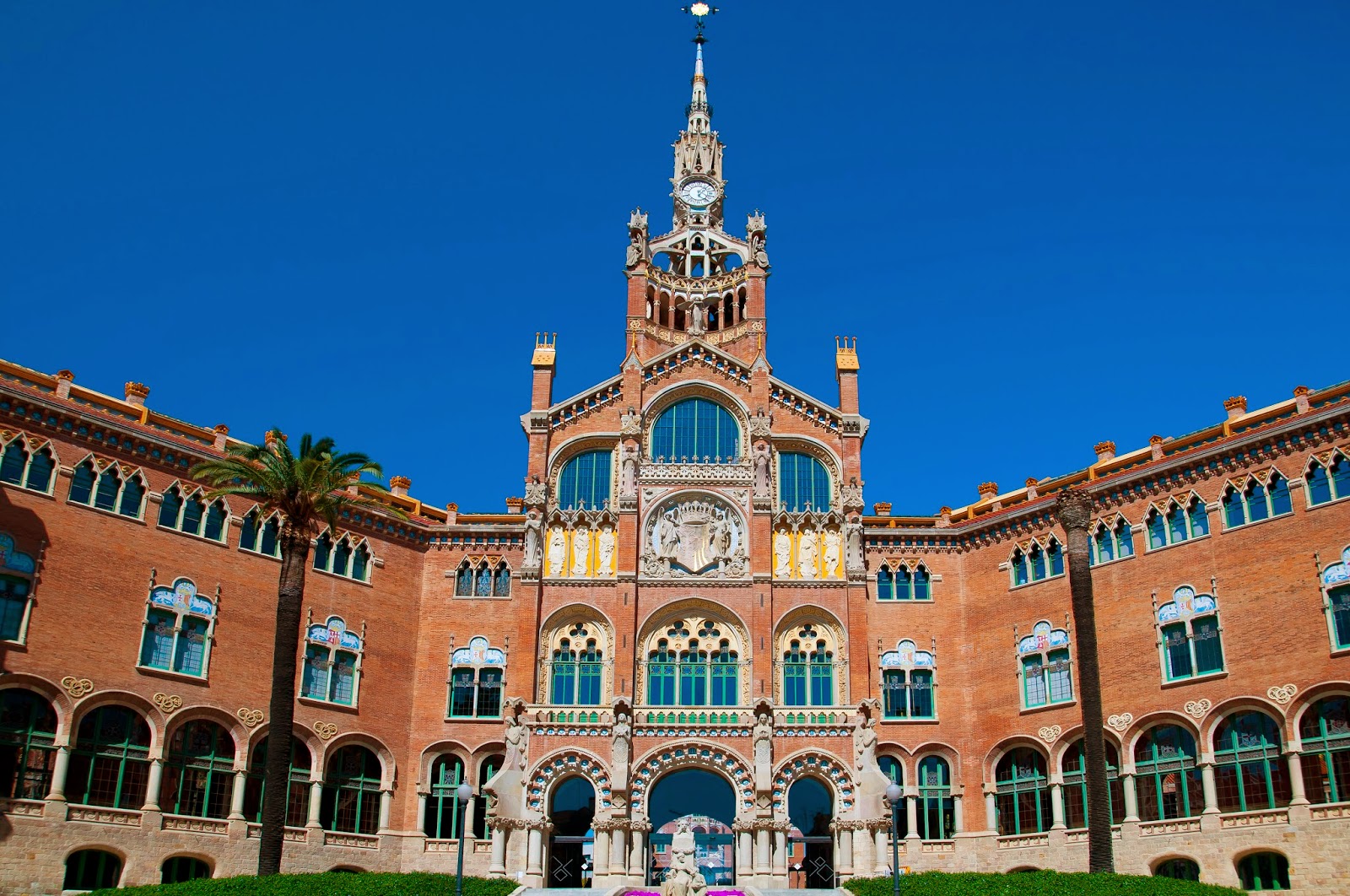
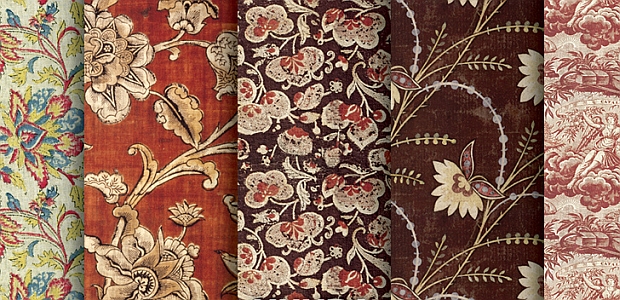
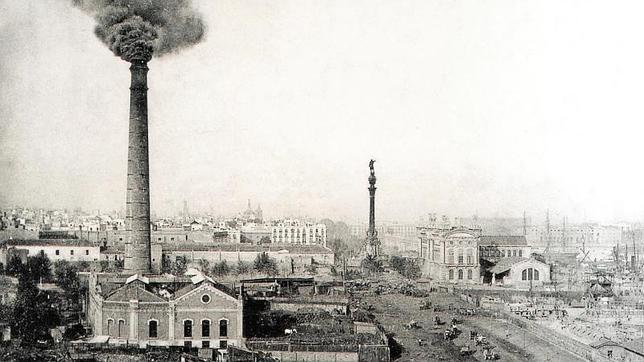
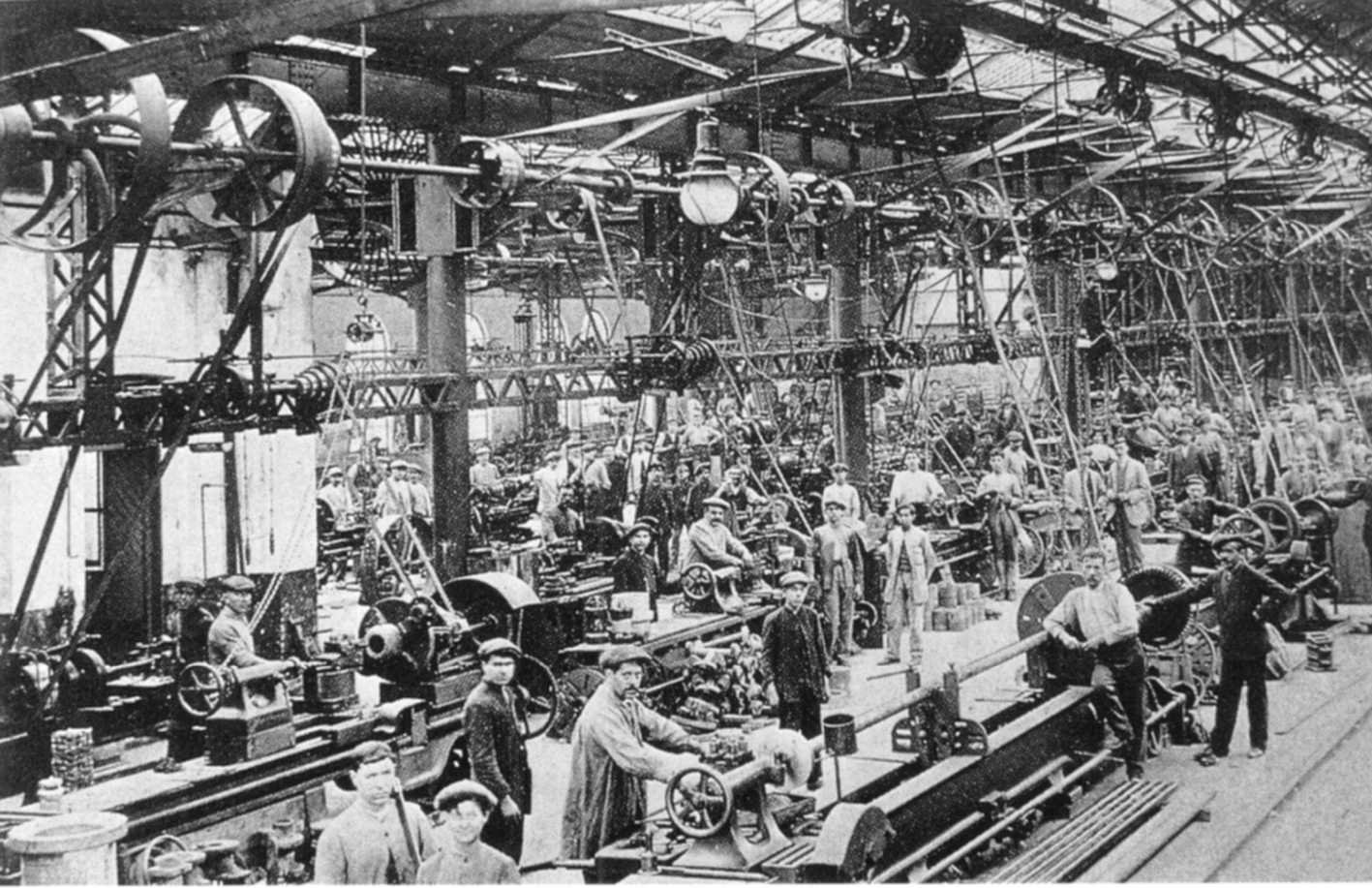
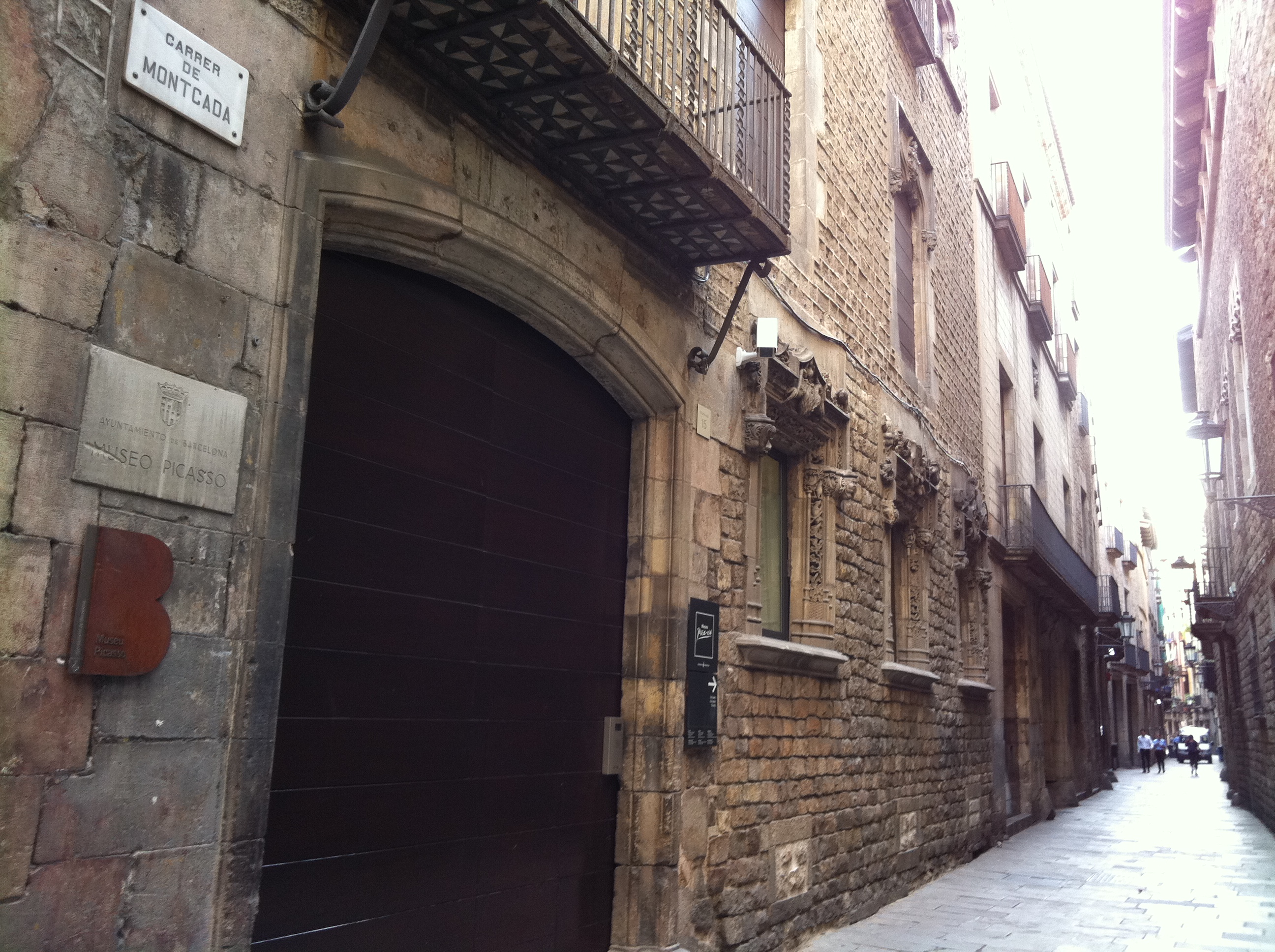
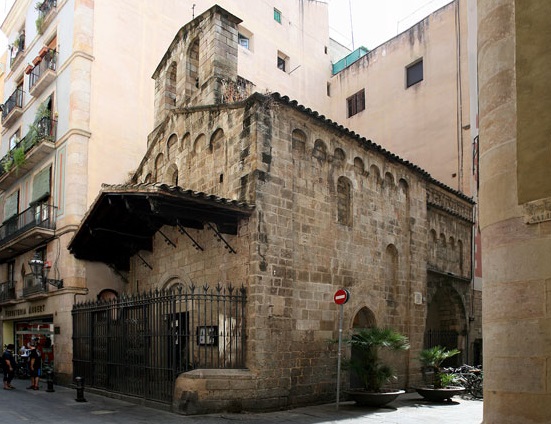
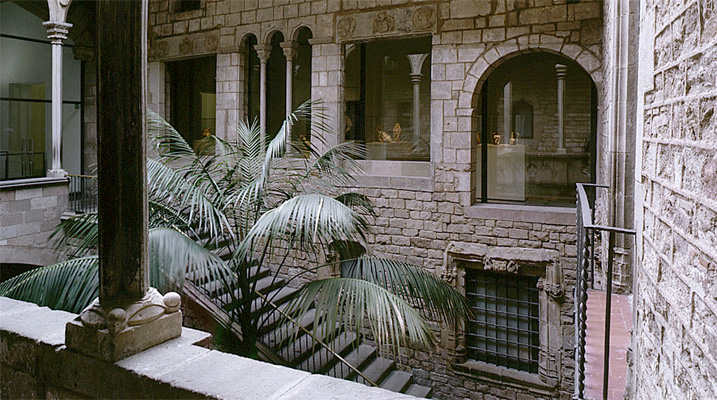
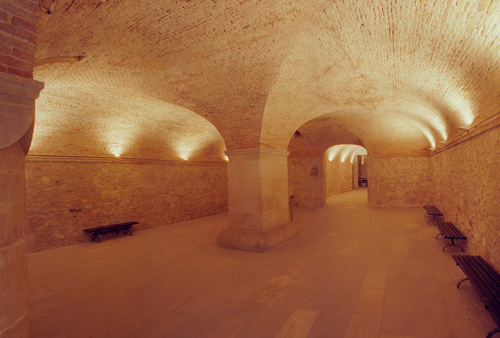
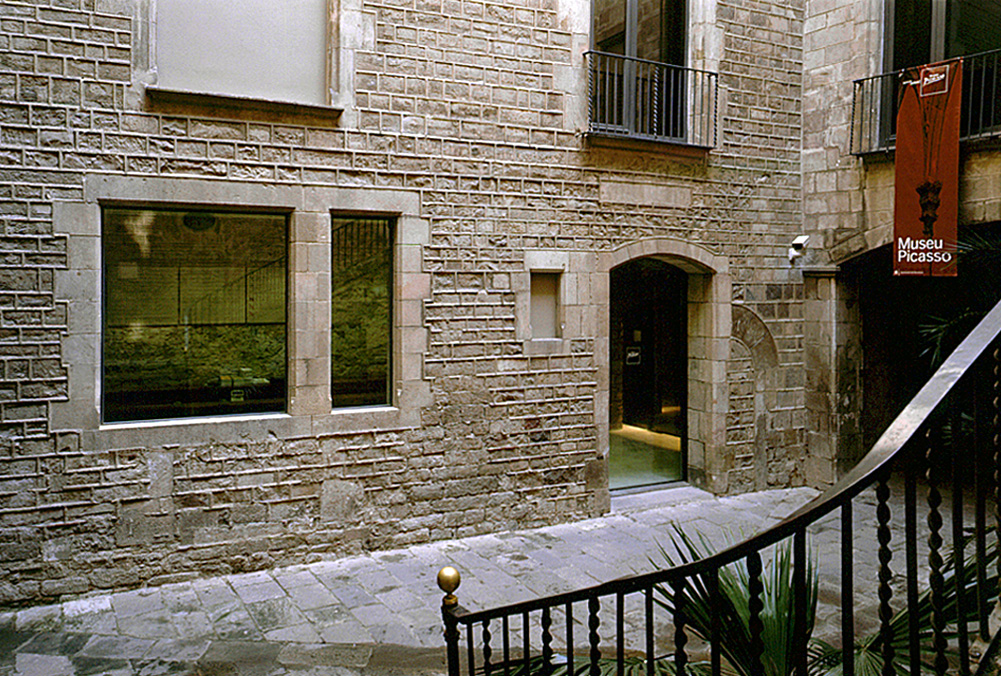
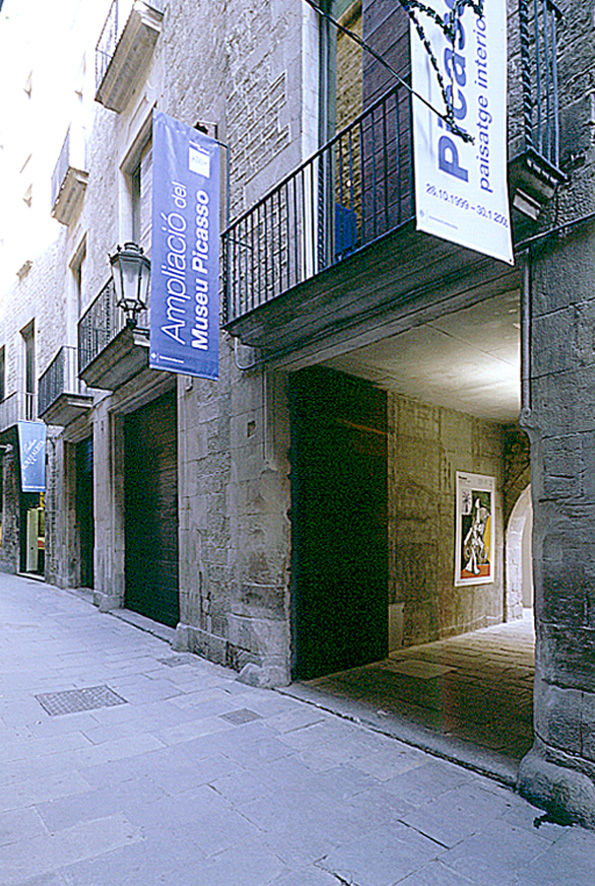
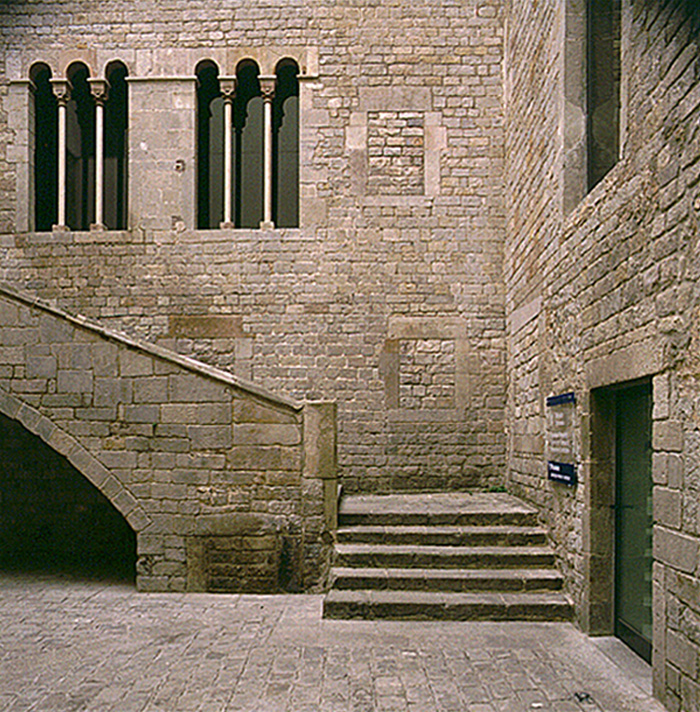
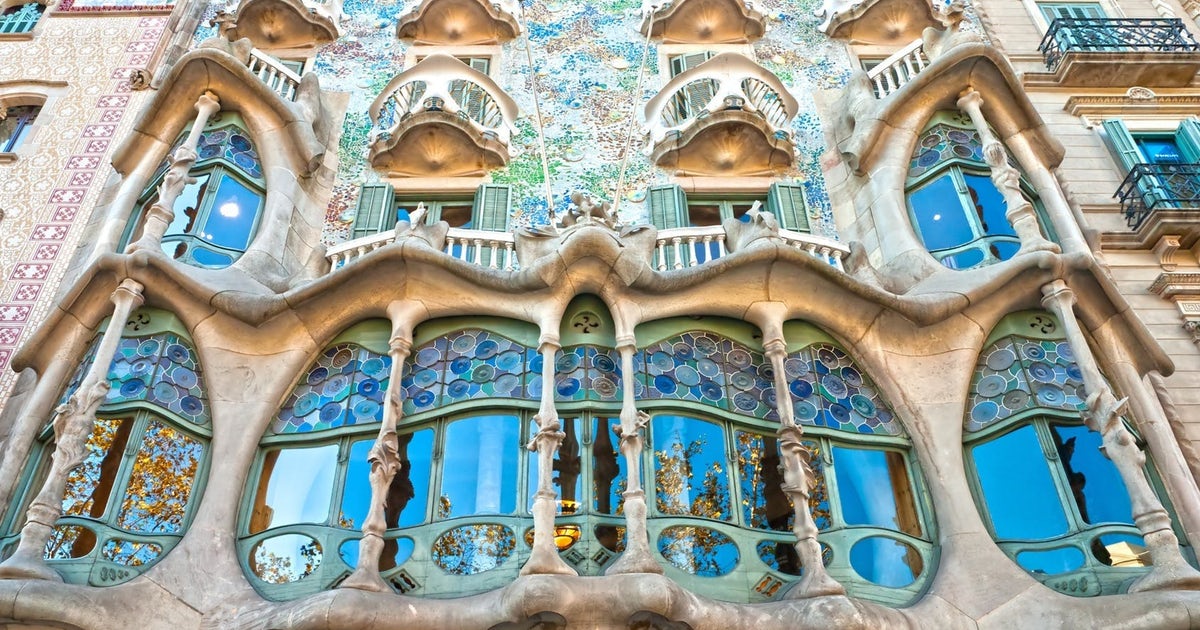
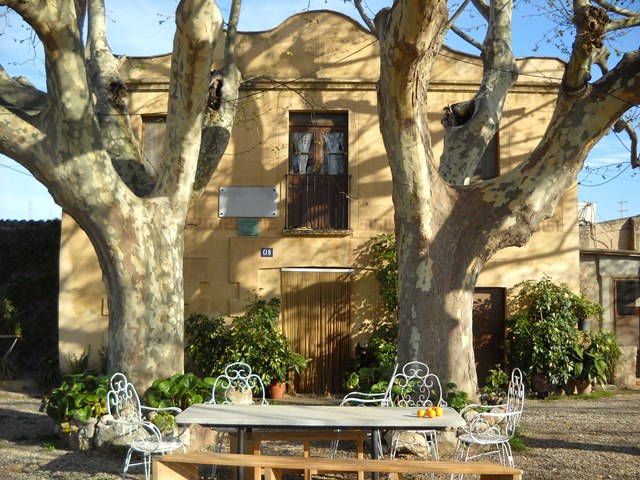
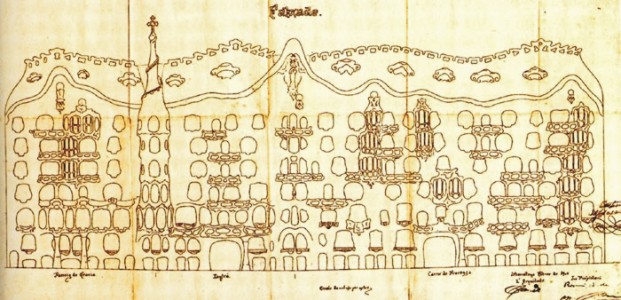
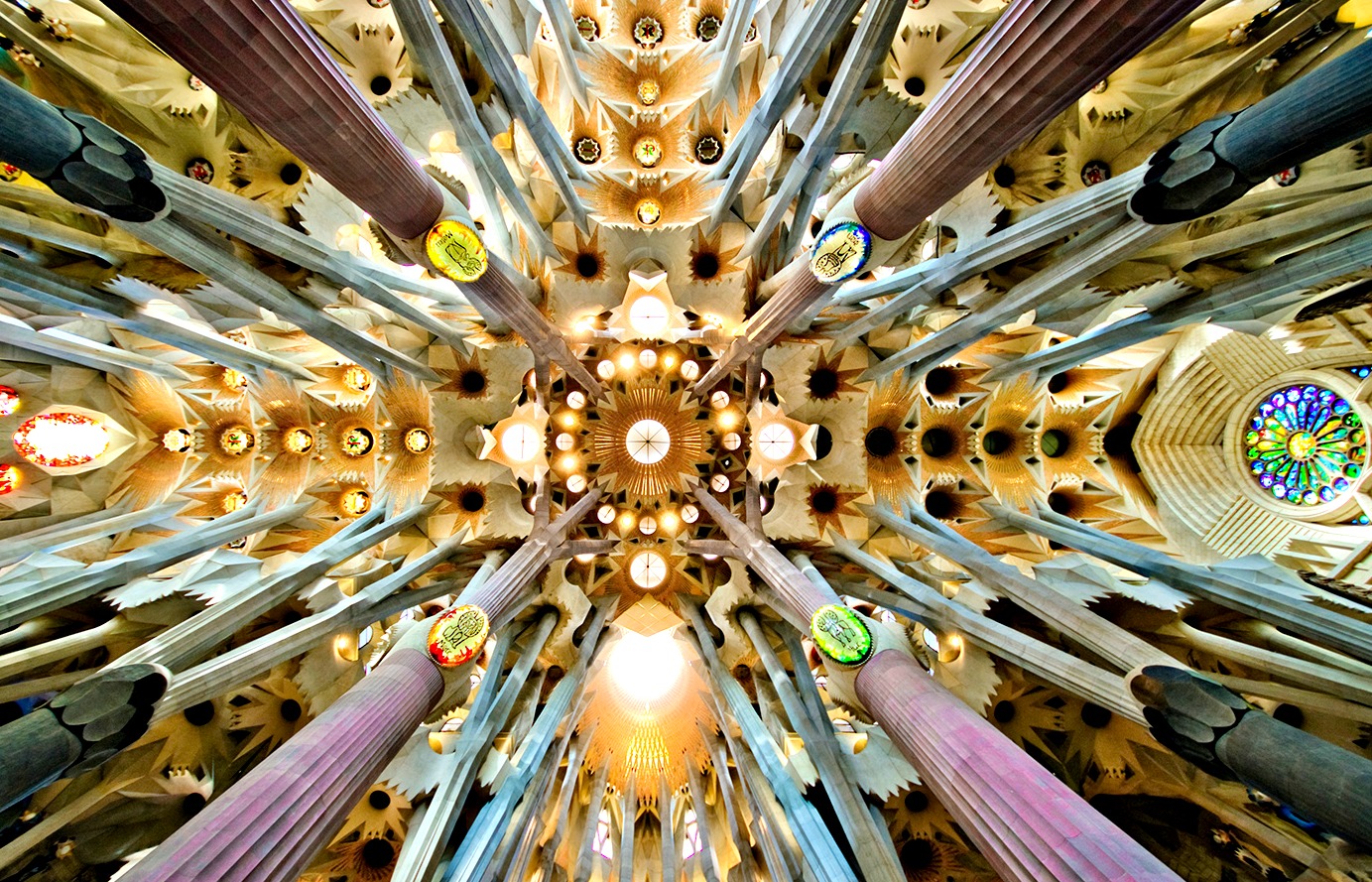

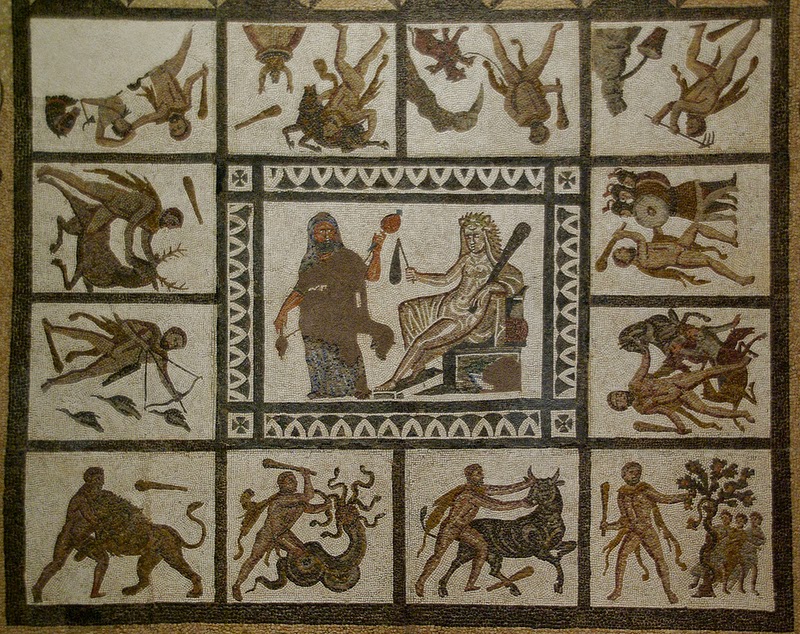
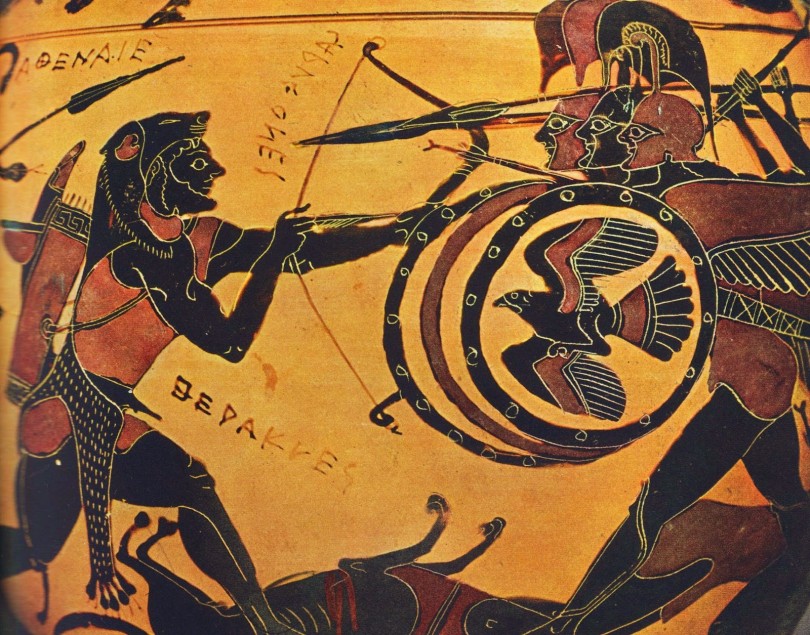
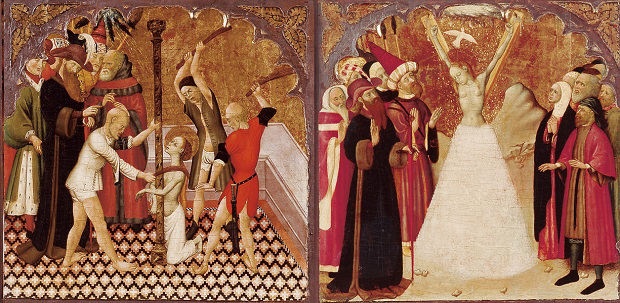
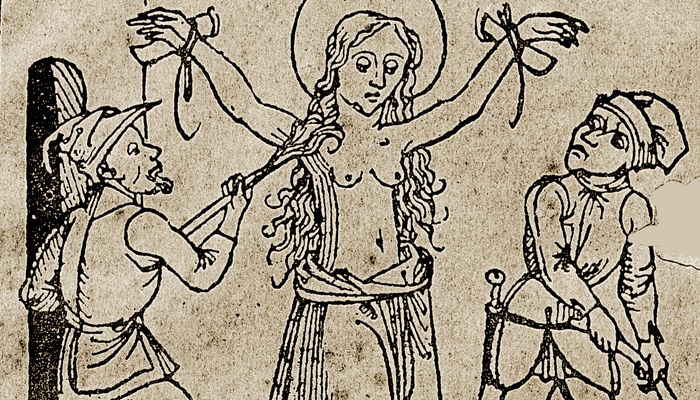
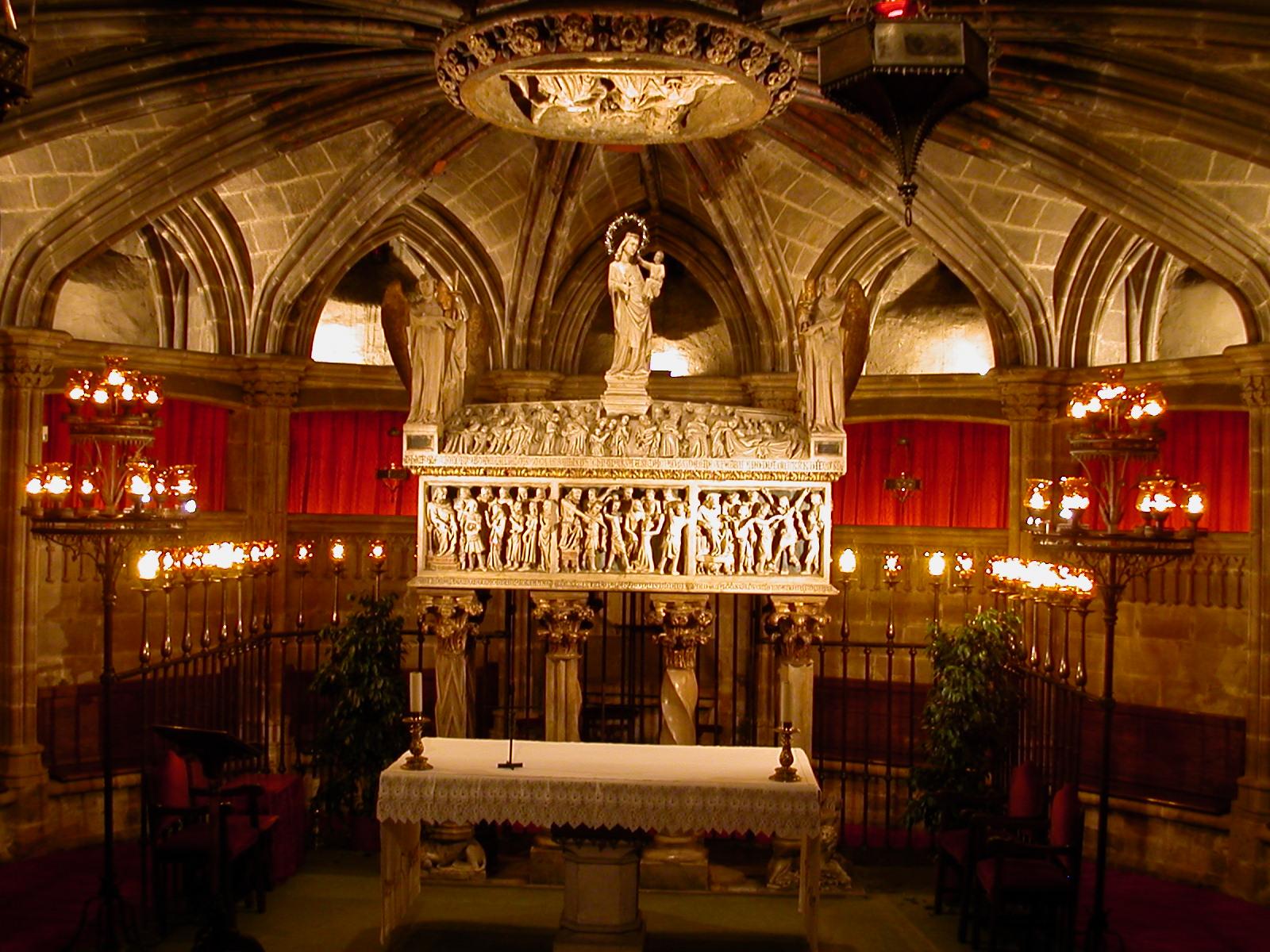
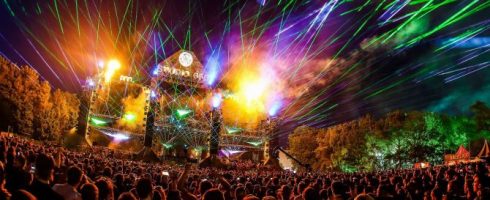

Recent Comments